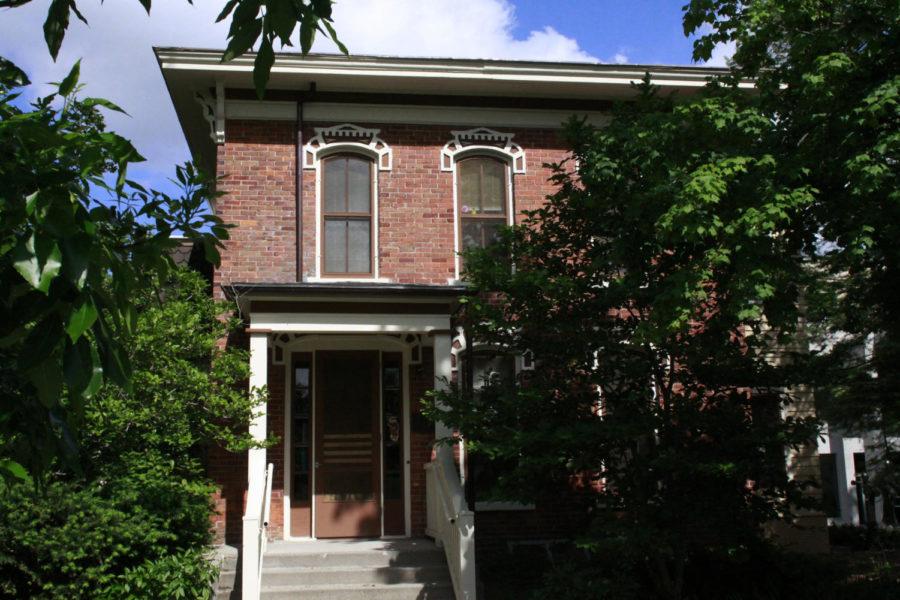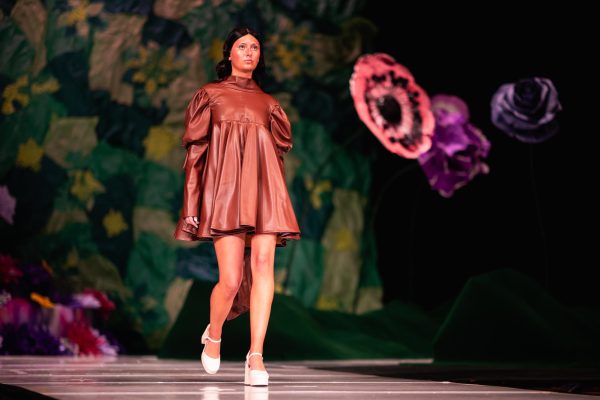History on Campus: The Sloss House
June 5, 2013
Tucked to the south of Curtiss Hall is a modest Victorian home, known today as the Sloss House. Built in 1883 and once denoted as the “Pines,” the Sloss House is perhaps best known as the location of the Margaret Sloss Women’s Center.
Margaret Sloss was a feminist activist of her time. Sloss was the first woman to earn her doctorate in veterinary medicine from Iowa State, but this was only possible after much work on her part. She was initially denied admission to the doctorate program by the college because she was female, but was hardly content to accept the denial.
Sloss then researched the land grant Iowa State University was founded on and proved it stated persons applying could not be refused on the basis of sex. The school thereafter reversed its decision and Sloss received her doctorate in 1938.
Sloss went on to become a full professor at Iowa State and continued to work toward the promotion of admission to women in the College of Veterinary Medicine until her retirement in 1972. The women’s center was established in 1981 and carries on her striving spirit as it advocates for individuals and groups in a multitude of ways and promotes social change for “equity on the Iowa State University campus for women.”
Though the women’s center is named after Margaret Sloss, the house itself is named after her father, Thomas Sloss. Originally built as one of 15 on-campus homes for faculty, this house was specifically intended for Professor Charles E. Bessey of the botany department.
Bessey, however, only remained in the home for two years, and it cycled through seven more professors and their families until Thomas Sloss, superintendent of buildings and grounds at Iowa State, moved in with his family in 1924. Because Thomas Sloss’ family stayed for 11 years, which was longer than any of the previous tenants, Iowa State named the house after him.

















